Ozonator – Ozone Oxidation is Nature’s Sanitation Powerhouse
Ozonator – Ozone (O3) is a form of oxygen. It has one more oxygen atom than the atmospheric oxygen (O2) we breathe. It’s this third oxygen atom that makes the ozone molecule so unstable. This is the key to its oxidizing power. Since ozone is unstable, it has a fairly short half-life under normal conditions. Ozone needs to be produced and supplied continuously for the disinfection process.
This is where DEL Ozone comes in: DEL systems manufacture and deliver ozone in exactly the right quantities. So it provides the needed disinfection power for a given application.
Generated Ozone
The chemical reaction that results in ozone is pretty simple. Ozone is a form of oxygen that is created when electrical energy breaks apart an ordinary oxygen molecule (O2). This starts a chemical reaction that results in ozone (O3).
- Electrical energy breaks the ordinary O2 molecule into two O1 atoms
- The free oxygen atoms unite with other O2 molecules to produce ozone
- (O1) + (O2) = (O3)
Ozone is an unstable molecule because the 3rd oxygen atom is connected to the other two atoms with a weak bond. (symbolized by the single line in the diagram). The weak bond is why ozone is such a powerful sanitizer, as shown below.
DEL Ozone systems duplicate this process with advanced technology. It produces ozone safely, reliably, in controlled amounts, and effectively managed to achieve our disinfection objectives.
How Does Ozonator Work?
Once a DEL system has delivered ozone through a disinfection system, it cleans the target water. It then produces ozone-enriched water to sanitize a surface through ozone oxidation.
The unstable third oxygen atom can combine with organic and inorganic molecules to destroy or change them through oxidation. This process happens almost instantaneously. For example, ozone in a swimming pool will kill Cryptosporidium parvum practically on contact. Whereas chlorine in normal pool concentrations would take hours to kill it. Ozone is “used up” in the oxidation process like chlorine, and has to be re-supplied.
What does Ozone Oxidize?
Ozone oxidizes a very large range of other substances. In a pool, these organic molecules can be viruses, bacteria, fungi, yeast, oils, organic chloramines, etc. Inorganic molecules can be dissolved metals such as iron, copper and manganese, and inorganic forms of chloramine. On a food preparation surface, or on the food itself, the target organism might be Salmonella, Listeria, E. coli or any number of other dangerous microorganisms. In hospital or long-term care laundry, the ozone might kill the dangerous antibiotic resistant staph bacteria (MRSA) that can be carried on clothing or bedding.
The chemical process of ozone oxidation is relentless. It continues until the ozone is completely destroyed. (actually, it is “reduced” in the process of “oxidizing” other substances). When this beneficial third unstable atom completes its oxidizing duties, it leaves behind only the familiar oxygen molecule like the ones in the air we breathe, O2.
DEL Ozone systems capture this entire process for the benefit of human activities.




